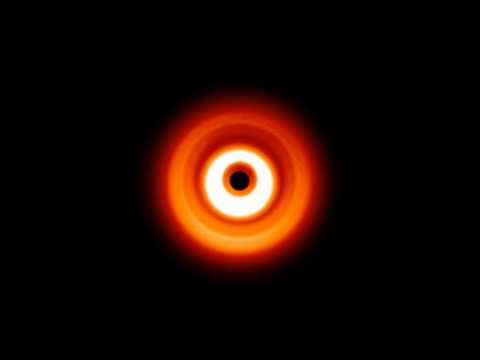Exploring the Depths of Space: Latest Cosmic Discoveries Leave Scientists in Awe
Space has always been a subject of fascination for humans, with its vastness and mysteries sparking the curiosity of scientists and researchers around the world. Recent cosmic discoveries have only added fuel to this fascination, leaving scientists in awe of the wonders that lie beyond our planet.
One of the most groundbreaking discoveries in recent years is the detection of gravitational waves, a phenomenon predicted by Albert Einstein’s theory of general relativity over a century ago. In 2015, the Laser Interferometer Gravitational-Wave Observatory (LIGO) made history by detecting gravitational waves for the first time, opening up a new era of astronomy that allows scientists to observe the universe in a completely different way.
Gravitational waves are ripples in the fabric of space-time that are created by the movements of massive objects, such as black holes and neutron stars. By detecting these waves, scientists are able to study events in the universe that were previously invisible to telescopes, such as the collision of two black holes or neutron stars. This has led to a better understanding of the processes that shape our universe and has provided new insights into the nature of gravity itself.
Another exciting discovery in the realm of space exploration is the detection of exoplanets, which are planets that orbit stars outside of our solar system. The Kepler Space Telescope has been instrumental in this discovery, with its mission to search for Earth-like planets in the habitable zone of other stars. Over the years, Kepler has identified thousands of exoplanets, some of which may have the potential to support life.
In 2017, NASA announced the discovery of the TRAPPIST-1 system, which consists of seven Earth-sized exoplanets orbiting a small, cool star. Three of these planets are located in the habitable zone, where conditions may be right for liquid water to exist on their surfaces. This discovery has sparked excitement among scientists and the public alike, as it raises the possibility of finding life beyond our solar system.
The recent advancements in space exploration have also shed light on the nature of dark matter and dark energy, two mysterious components that make up the majority of the universe. While dark matter is thought to be a form of matter that does not emit or absorb light, dark energy is a mysterious force that is causing the expansion of the universe to accelerate.
Through experiments such as the Dark Energy Survey and the Large Hadron Collider, scientists are working to unravel the mysteries of dark matter and dark energy, in the hopes of gaining a better understanding of the fundamental forces that shape the universe.
As scientists continue to push the boundaries of our knowledge of the cosmos, it is clear that there are still many mysteries waiting to be uncovered. From gravitational waves to exoplanets and dark matter, each new discovery brings us closer to understanding the true nature of the universe and our place within it.
The latest cosmic discoveries have left scientists in awe of the wonders that lie beyond our planet, sparking a renewed sense of wonder and curiosity about the vastness of space. As we continue to explore the depths of space, who knows what other incredible discoveries may lie in wait, just waiting to be uncovered.













